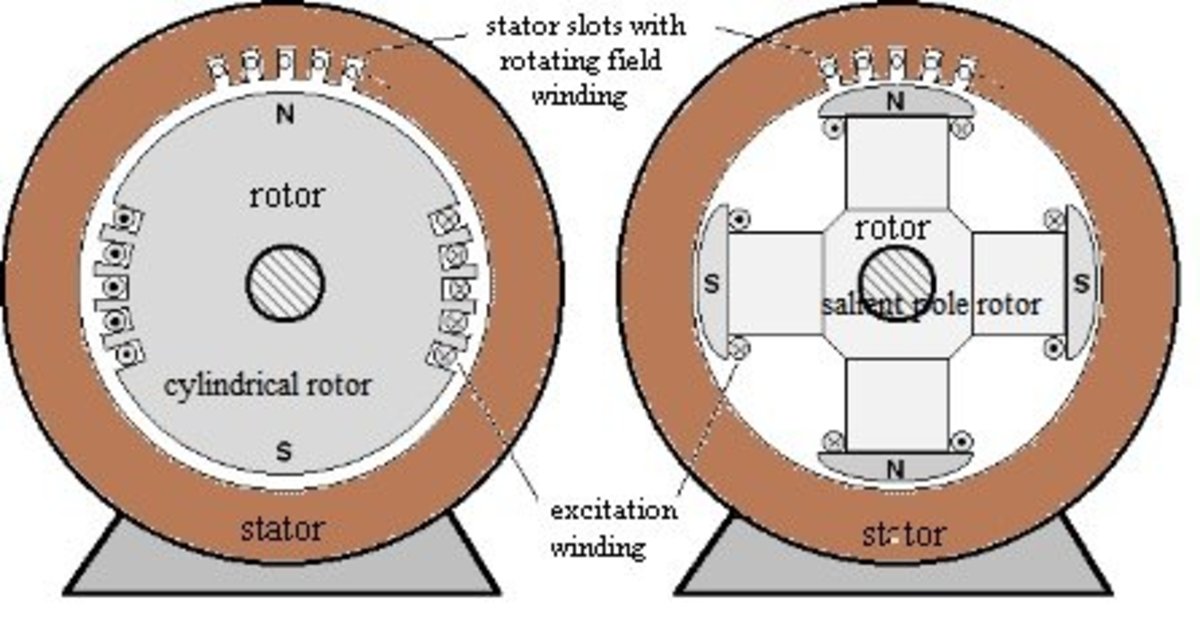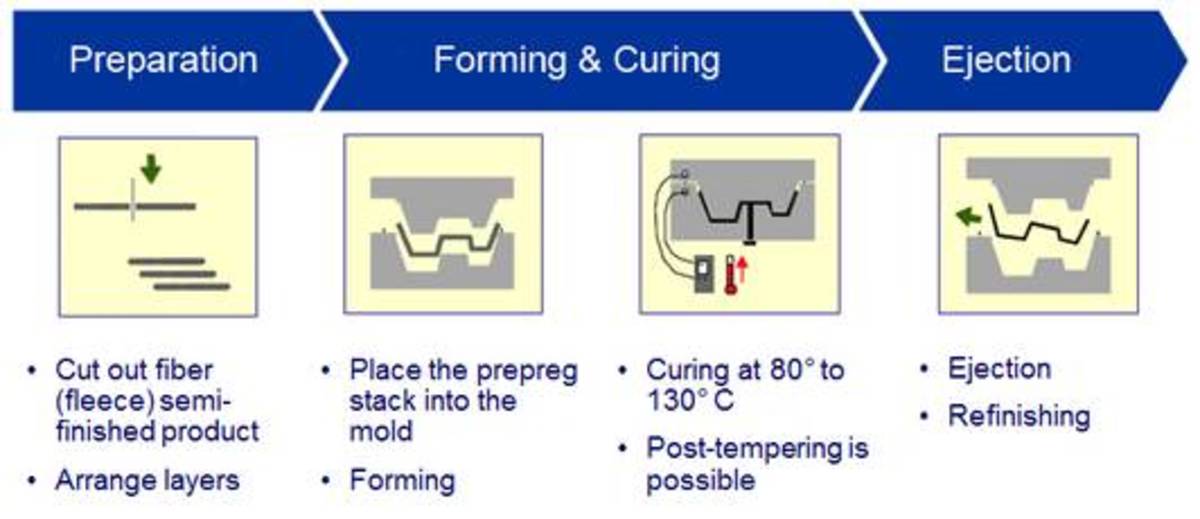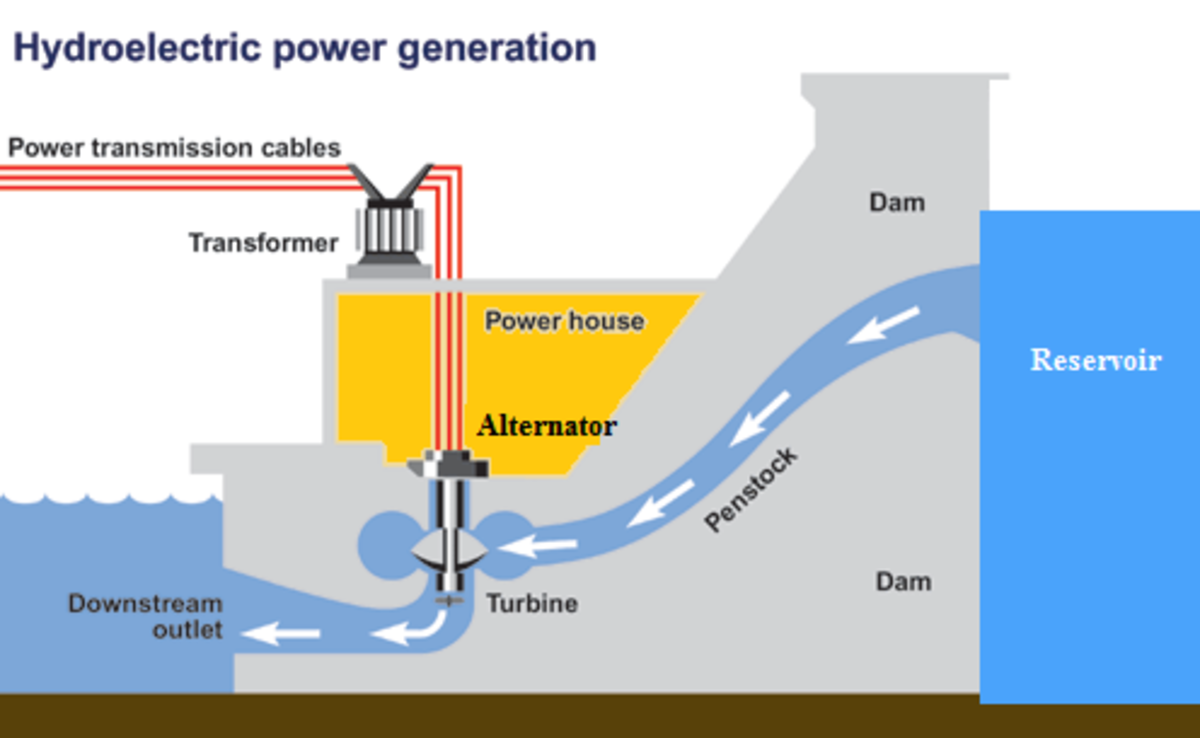Purification of Industrial Wastewater
Abstract
Several studies have been carried out that have aided in the purification of industrial wastewater. A few of the techniques that have been put in place in this process are energy dispersive spectroscopy, scanning electron microscopy, N2 adsorption, diffraction of X-ray and FTIS. These methods have shown productive results in elimination of mercury, lead and, cadmium from wastewater samples.1
Through sorption process, heavy metal wastes can be eliminated by use of hydrothermal and precipitation methods to prepare functionalized core-zeolitic shell nanocomposites through. Here, methods such as vibrating sample magnetometer, X-ray powder diffraction, Fourier transform infrared spectroscopy, nitrogen adsorption-desorption isotherms and transmission electron microscopy are used to characterize products.2
Most of these methods of purification apply high-cost adsorbents in wastewater purification. Newer methods have been adopted in which low-cost adsorbents that are obtained from plant wastes are used to replace the costly methods of water purification. This method uses cellulosic waste materials as adsorbents whose purification capabilities are affected by chemical treatment thus, to improve their adsorption properties; the plant wastes undergo chemical modification. Common chemicals used in carrying out this process include bases, mineral and organic acids, organic compounds, oxidizers, and so forth.3
This review focuses on the inorganic side of removing heavy metals from wastewater. Some of the plant wastes include rice husks, sawdust, spent grain, sugarcane bagasse, weeds, fruit wastes, and so forth. Some of the adsorbents exhibit better adsorption capabilities than others.
Commercial water purification

Introduction
Wastewater from industries is one of the leading environmental pollutants in the world today. Massive amounts of waste materials were disposed into rivers, coastal areas, and lakes by manufacturers in the course of the past century alone. This activity led to severe cases of environmental pollution in these regions that are densely occupied by water.1
Most of the waste materials discharged by industries into water bodies contain lead, mercury, copper, zinc, cadmium and so forth. These metals have significant densities of about 5gcm-3 of even more. Due to the high toxicity levels of these heavy metal discharges to the entire ecosystem balance (animals and plants), strict rules and regulations have been laid down to help regulate and control heavy metal pollution.2
Notorious heavy metal discharges are industries that deal in mining, metal plating industries, electroplating, chemicals pharmaceuticals, alloys and pigment, fertilizer manufacture, battery manufacture and so forth.
Most common wastes
Chemically modified plant wastes
Soluble organic compounds can be extracted by pretreatment of plant wastes and enhance chelating efficiency. Common agents that are used as pretreatment mediums include base solutions (sodium hydroxide, sodium carbonate, and calcium hydroxide), organic and mineral acids, organic compounds, oxidizing agents (H2O2), dye (Reactive orange). These agents are majorly used for the purpose of eliminating soluble organic compounds and coloration of aqueous solutions. They also increase the metal adsorption efficiency.6
Rice husks (rice shells)
Cellulose, hemicellulose, lignin and mineral ash are common constituents of rice husks. The mineral ash contains a high percentage of silica. Few properties of rice husk that make it an excellent adsorbent material are its high insolubility in water, good chemical stability, high mechanical strength, and its granular structure. Rice husks are used in the treatment of heavy metals in untreated or modified forms using different modification methods using HCl, NaOH, Na2CO3, epichlorohydrin and tartaric acid for its treatment. Chemically modified rice husks possess higher adsorption capabilities than unmodified husks. Test studies have shown that the adsorption of cadmium increases by double when rice husks are modified with NaOH. The adsorption capacity of Cd was 4 and 7 mg/g respectively for untreated and treated husks. 6
Spent grain
Lead and cadmium can be treated using spent grain obtained from a brewery. The adsorption of cadmium and lead is greatly enhanced if spent grain is treated with NaOH. This is as a result of an increase in galacturonic acid groups amounts after hydrolysis of O-methyl ester groups. However, spent grain treated with HCl have a lower adsorption capacity than untreated spent grain. From kinetic study results, the adsorption equilibrium time is 120 minutes for cadmium and lead ions although the adsorption of lead is twice that of cadmium. It is observed that modification of spent grain with salicylic acid slightly reduces the adsorption percentage of cadmium and not lead.4
Sugarcane bagasse
Sugarcane bagasse is modified with succinic anhydride for the treatment of copper, cadmium and lead from aqueous solutions. The fact that sugarcane bagasse contains cellulose, polyposis and lignin make it very rich in hydroxyl and phenolic groups which can form good adsorbents when chemically modified. Kinetic studies reveal that sugarcane bagasse treated with ethylenediamine and triethylenetetramine have a lower adsorption rate compared to that treated with NaHCO3. Triethylenetetramine treated sugarcane bagasse shows best adsorption capacities for Cd and Pb increasing the adsorption rate by twice that of unmodified bagasse. Modification of the bagasse with methanol, however, does not show good adsorption results (6.79 mg/g). Hydrogen peroxide treated bagasse enhances elimination of chromium compared to lead. However, the maximum adsorption rates for both metals are low (2.5 and 4.35 respectively).5
Sawdust
Studies show that treating sawdust with NaOH produces remarkable adsorption results for zinc ions. NaOH improves the adsorption process by causing the liberation of new adsorption sites on the surface of the sawdust. However, to achieve good results no more than 1% concentration of NaOH should be used in the modification of sawdust. Studies reveal that a slight increase in adsorption capabilities of sawdust occur when the adjustment is first carried out at a higher temperature (80 degrees Celsius). However, treatment with Na2CO3 increases the adsorption capacity of sawdust by twice (for copper ions) and six times (for zinc ions) than unmodified sawdust. 6
Other plant wastes that exhibit good adsorption capacities for heavy metals when chemically modified include cottonseed hulls, alfalfa biomass, water fern, coir pith carbon, tree barks, plant fibers, cassava wastes, weeds, fruit and vegetable wastes, corncobs, wheat bran, and so forth.
Conclusion
Common chemicals for modifying plant wastes include acids and bases. Plant wastes that are chemically modified have an improved capacity for adsorption of heavy metals from aqueous solutions. This is due to a rise in the quantity of active binding sites, improved ion exchange properties and formation of new functional groups that favor metal uptake. To reduce the cost of producing these adsorbents the price of the chemicals used in modification have to be taken into consideration.



